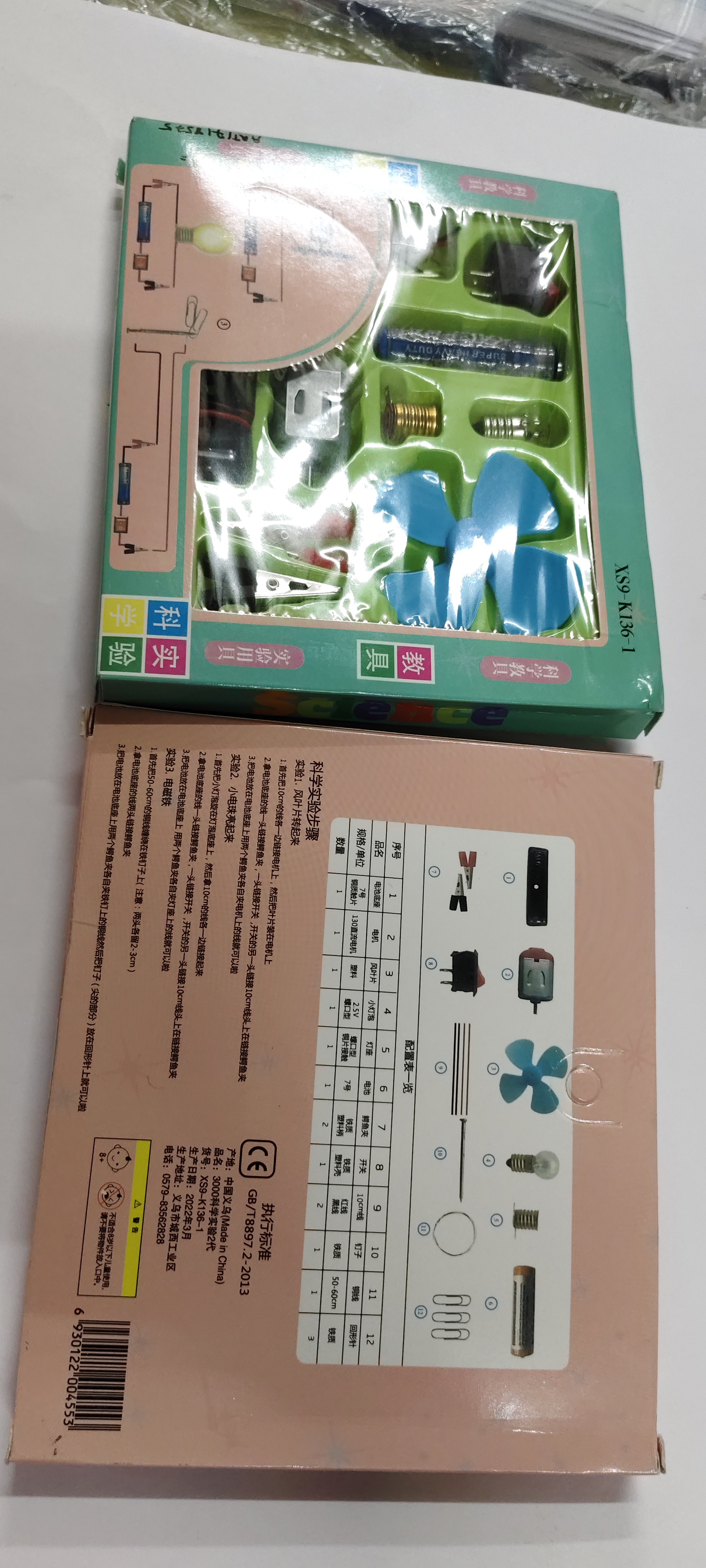
2025-02-14T05:39:40
#simple electric circuit #projects #DIY Here are the advantages of simple electric circuit DIY projects for students: Learning Benefits 1. *Understanding of Electricity Basics*: Students learn about the fundamental concepts of electricity, such as voltage, current, and resistance. 2. *Circuit Analysis and Design*: Students develop problem-solving skills by designing and analyzing simple electric circuits. 3. *Hands-on Experience*: DIY projects provide students with hands-on experience, making learning more engaging and interactive. Skill Development 1. *Critical Thinking*: Students develop critical thinking skills by troubleshooting and debugging their circuits. 2. *Problem-Solving*: DIY projects encourage students to think creatively and develop problem-solving skills. 3. *Fine Motor Skills*: Students improve their fine motor skills by handling small components and tools. Confidence and Motivation 1. *Builds Confidence*: Completing a DIY project gives students a sense of accomplishment and boosts their confidence. 2. *Encourages Curiosity*: Hands-on projects spark curiosity and encourage students to explore more about electricity and electronics. 3. *Develops Interest in STEM*: DIY projects can inspire students to pursue careers in science, technology, engineering, and mathematics (STEM). Practical Applications 1. *Real-World Applications*: Students learn about the practical applications of electricity and electronics in everyday life. 2. *Preparation for Advanced Topics*: DIY projects lay the foundation for more advanced topics in electricity and electronics. 3. *Development of Innovative Solutions*: Students learn to think creatively and develop innovative solutions to real-world problems. By working on simple electric circuit DIY projects, students can gain a deeper understanding of electricity and electronics, develop important skills, and build confidence and motivation.

Have a question? Ask here!
Required fields are marked *